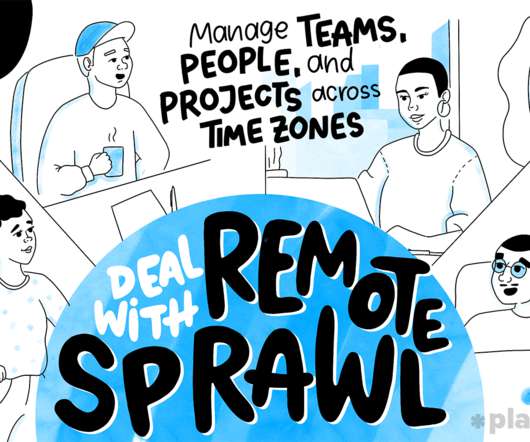Creating the Conditions for High-Performance Development Teams
Leading Agile
MAY 25, 2023
Solid technical practices and your full-stack developer’s software craftsmanship are also limited by the conditions inside your organization. And the conversation really took a tone into really how do you get the teams involved? We were just talking with our marketing team that we probably need to come up with a name for this.














Let's personalize your content